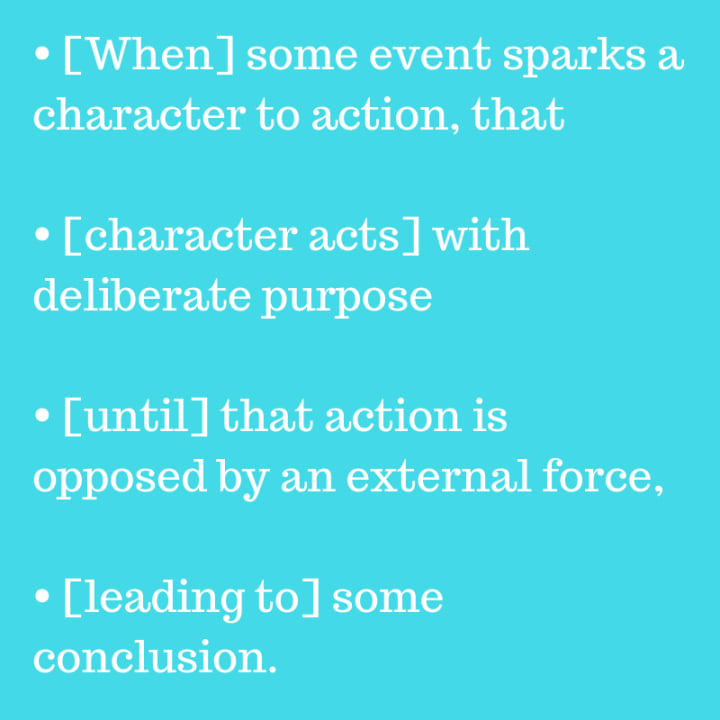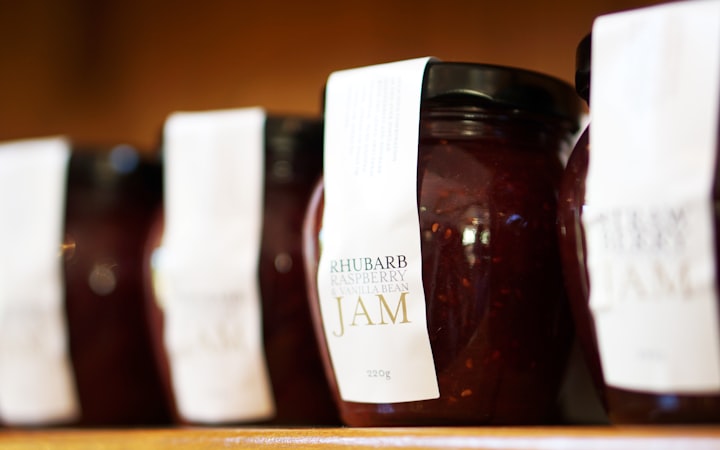How to Plot Like a Rock Star
Best Kept Secrets

The object of writing is to tell a compelling story and sell your book! For the beginning writer this may be a dream that seems unrealistic. If you’ve done other kinds of writing—magazine articles, news reporting, technical writing—you know how to express yourself in clear, simple English. You know how to write words that inform, and maybe even words that amuse or entertain. But now, you’re faced with a new challenge: writing words that excite and engage your reader in a fiction story.
This puts most new fiction writers on uncertain ground. There are many twists and turns you have to write, and unless you’re experienced in plotting and outlining, you don’t know how to draft your scenes.
For example, should you write from your imagination, or is it better to plan scenes for each chapter? (If you write a lot of scenes, will your story be confusing? Or is it true that people won’t read stories with more than a couple of scenes per chapter?)
Do you need some clever twist in every scene or chapter to keep the reader’s attention? Or should you concentrate on the overall story when you write?
How do you know whether what you’re writing will be captivating or interesting to the reader? If you think of two or three ideas for a chapter, how do you pick the best one?
Let’s start finding out the answers to these questions.
PLOTTING
The first step in writing a fiction book that sells is to write your premise.
1. Premise

The premise is the underlying idea of your story-the foundation that supports your entire plot. If you can establish what your premise is at the beginning of your project, you will have an easier time writing your story.
A story premise, is a container that holds the essence of your story’s natural structure. When properly built, it expresses your whole story in one or two neat sentences. Finding this premise line is no small task; in fact, the process of premise development can be the literary equivalent of finding a needle in the hay. But when you get it right, the payoff in saved time, money and creative blood, sweat and tears is worth the agony.
2. Primary Plot
Plot is a literary term used to describe the events that make up a story, or the main part of a story. The structure of a novel depends on the organization of events in the plot of the story. Plot is known as the foundation of a novel or story, around which the characters and settings are built.
3. Sub-Plots
In fiction, a subplot is a secondary strand of the plot that is a supporting side story for any story or the main plot. Subplots may connect to main plots, in either time and place or in thematic significance. Subplots often involve supporting characters, those besides the protagonist or antagonist.
4. Twists and Danger
A plot twist is a literary technique that introduces a radical change in the direction or expected outcome of the plot in a work of fiction. When it happens near the end of a story, it is known as a twist or surprise ending.
The danger can be located in anything—even things that aren’t necessarily dangerous in every circumstance. All you need is for a character to say, “Don’t do that” or “That’s off-limits” or “Be careful” and you’ve got your dangerous element.






Comments
There are no comments for this story
Be the first to respond and start the conversation.